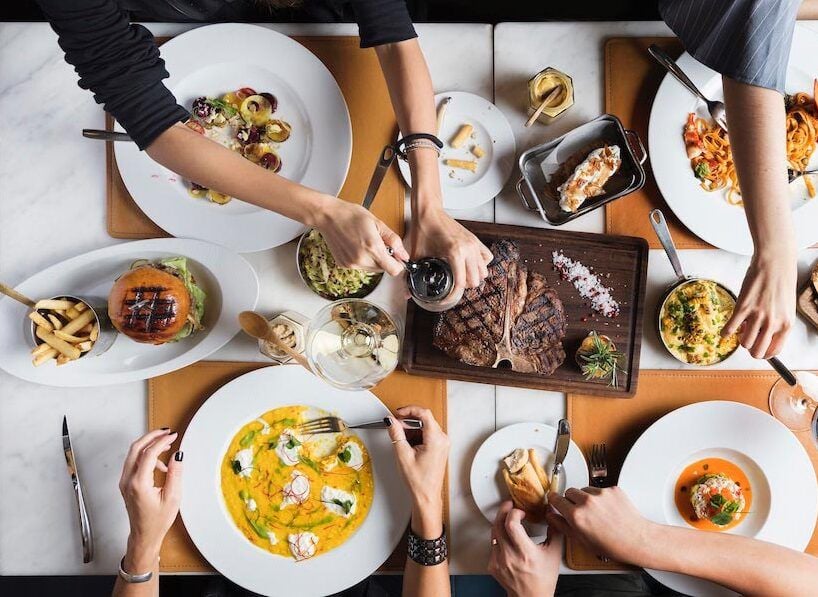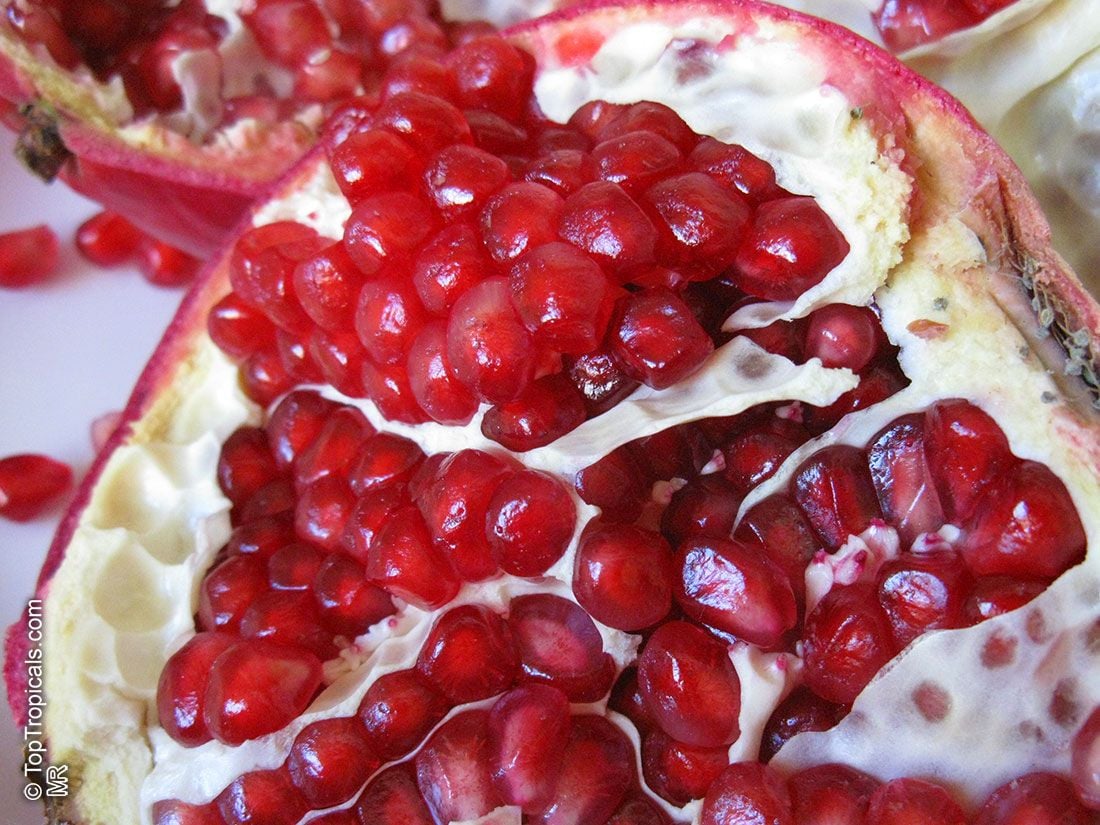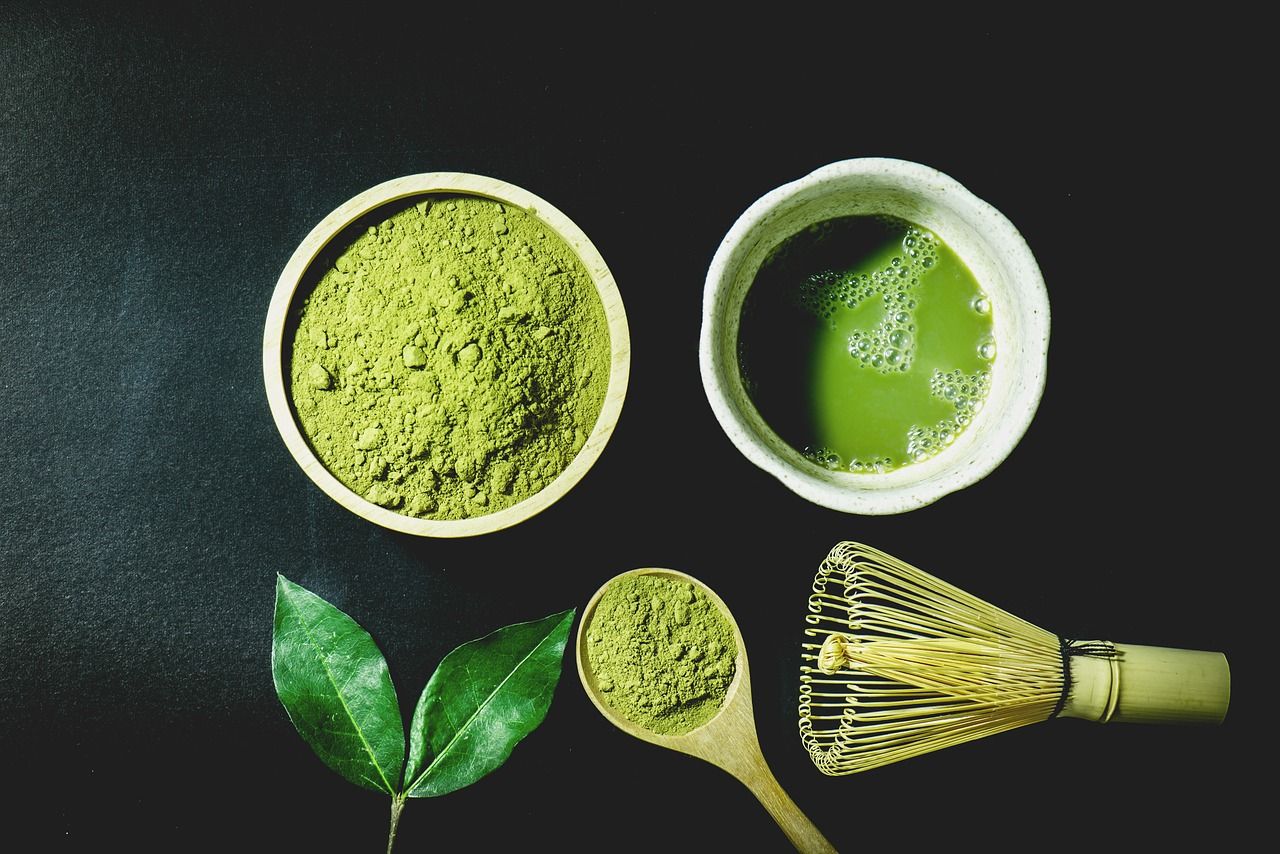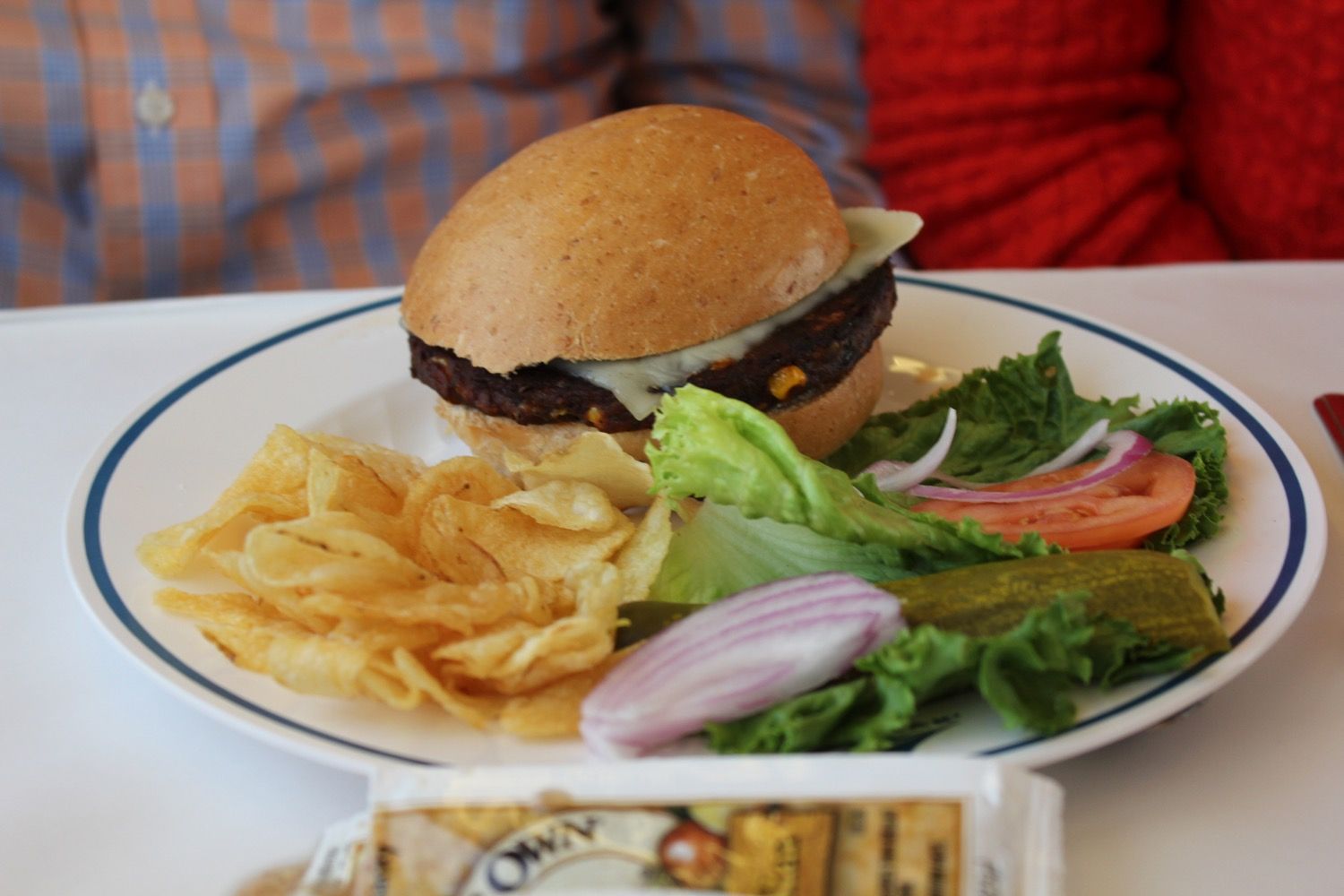
Eating in the 21st Century: A Culinary Journey
- Oct 23, 2025
The turn of the millennium didn't bring about the end of the world, but it instigated an exciting era for food enthusiasts. Over the past twenty-five years, society has grown more adventurous both in the kitchen and dining scene, significantly influenced by prominent chefs, the mushrooming reach of social media, and the emergence of a wide variety of culinary voices and cuisines.
The world of online platforms like Instagram and TikTok not only gave us all the pleasure of becoming photography aficionados, but also filled our feeds with drool-worthy snaps of avocado toasts and cheese boards. Similarly, a wave of practical and nostalgic cooking trends such as sheet pan dinners, comfort food masterpieces, and a rejuvenated interest in home preservation dominated our home kitchens. A pandemic-induced shift towards delivery services for restaurant meals and groceries revolutionized the way we access food.
Our culinary exploration has been emboldened, with Americans eagerly experimenting with foreign pantry staples like gochujang and indulging in plant-based meats products, underscoring the deep impact of food trends over the past quarter-century on our contemporary diets.
Take, for instance, the transformation of the humble hamburger. Initially identified with fast-food chains and casual barbecues, the burger received a sophisticated makeover in 2001 courtesy of Daniel Boulud, who served it with a French touch at db Bistro Moderne. The burger transitioned into elite territory, sparking a trend for chefs across the nation to introduce signature burgers onto their menus.
Parallelly, Danny Meyer redefined the fast-food burger with Shake Shack's launch, an ethically sourced, premium ingredient-infused smash burger chain that currently boasts over 510 locations worldwide. Hence, wherever you are, a top-notch burger is likely to be conveniently accessible.
Transitioning from the 1960s through the '80s, television confined food programming to public channels. This changed with Food Network's launch, which created a continuous stream of food-based content hosted by personality-driven celebrities. This marker in the 1990s led to the status quo set by Rachael Ray and Giada De Laurentiis in the 2000s with lifestyle-oriented shows such as 30 Minute Meals (2001) and Everyday Italian (2003). Concurrently, cooking competitions like Iron Chef America (2005) and Top Chef (2006) turned cooking into a thrilling cultural event.
A resurgence in bread baking trends also took place in the 2000s, with the New York Times featuring Jim Lahey's No-Knead Bread recipe (2006), and Samin Nosrat popularizing salt water-brined focaccia (2017). By 2020, making sourdough was a pandemic hobby that flooded social feeds.
Amid the late 2000s and early 2010s, Brussels sprouts went from being a universally loathed boiled vegetable to a must-have on restaurant menus - thanks to restaurants like David Chang’s Ssäm Bar and Noodle Bar. This paved the way for greens like kale, cauliflower, and cabbage to transform from drab sides into winning main dishes that gave a new meaning to vegetable-centric dining.
The original 1970s French creation, salted caramel, caught mainstream attention by 2008, soon becoming a beloved ingredient in Starbucks Frappuccinos, Häagen-Dazs ice cream, and even savory dishes.
In the mid-2000s bacon moved beyond being a simple breakfast side to a personality in its own right, topping maple-glazed doughnuts and flavoring lip balms. Despite food trends such as swine flu troubling its continued dominance, bacon remains a delightful ingredient in most forms.
The spicy condiment craze hasn't cooled since Bon Appétit named sriracha "Ingredient of the Year" in 2009. With the rise of hot honey and the addition of dried peppers like gochugaru and togarashi to global kitchens, this trend's staying power is undeniable.
Gwyneth Paltrow elevated humble avocado toast to a food phenomenon status in her book It's All Good (2013). The dish became staple on brunch menus, eventually symbolizing millennial culture, and inspired a wide range of variations, reinventing the humble slice of toast.
Time-honored preservation techniques like fermenting, pickling, smoking, and canning made a comeback between 2012 and 2018, contributing to deeper and more complex flavors in dishes.
Plant-based dairy, dating back more than 2,000 years in China, turned into a rapidly progressing trend of the past twenty-five years. The diverse dairy alternatives like soy, almond, rice, oat, and cashew milk make an alt milk latte easily accessible to anyone.
An appeal for all diet preferences, whether gluten-free, dairy-free, vegetarian, vegan, etc., transitioned from obscure accommodations to regular offerings at most restaurants, including big chains. For instance, Domino's became the first national pizza chain to serve gluten-free crust pizza in 2012.
With snacks accounting for more than half of all meals in 2013-2014, snacking saw a rise in popularity, driven by the trendy tapas and mezze trends. The mix-n-match approach gained traction, and "adult lunchables" became commonplace.
American eateries started exploring global flavors in the 2010s, with staples like sriracha, fish sauce, chipotles in adobo, miso, oyster sauce, and gochujang finding their way into American kitchens.
Melissa Clark and Molly Gilbert brought forward the flexible culinary genius of the humble sheet pan in 2014, transforming it into an ally for quick weeknight dinners.
A rise in plant-based diets coincided with the elevation of vegetables in the 2010s. Cauliflower started replacing rice, crust, and steaks and became a base for entire dishes. The hasselbacking technique to vegetables swept social media by 2019.
The advent of quick food delivery services, like DoorDash and Grubhub, met the surge in demand for home delivery during the pandemic, shifting the way we buy groceries.
The 21st-century's food landscape saw the emergence of spice companies focused on freshness, traceability, and global inspirations. This led to an accessible collection of vibrant spices and blends such as berbere, za'atar, urfa biber, achiote, and suya available to home cooks.
The blurry boundaries between meat and plant-based meat products started appearing in 2016. With the popularity of closely resembling meat substitutes, plant-based options became increasingly desired, revamping the protein scene.
The year 2018 marked the rise in global food narratives in mainstream media and publishing. Bestsellers like Feast by Anissa Helou (2018) and Jubilee by Toni Tipton-Martin (2019) contributed to a rise in cookbook sales.
In 2023, tinned fish underwent a complete makeover, moving from school lunches to being a thoughtful Christmas gift. Brands like Patagonia Provisions and Fishwife Tinned Seafood Co. transformed home dinners and altered perceptions of seafood.
TikTok, crowned the most downloaded app in the U.S. in 2018, redefined the cultural landscape of food with viral recipes and clever kitchen hacks. The viral salmon rice bowl of Emily Mariko in 2021 set her on the path to internet stardom while the ‘butter board’ trend turned 'creating a spread' into a fun event.
With food lovers rediscovering comfort food amidst the pandemic, retro fare like relish trays, martinis, and prime rib stormed back onto restaurant menus. Meanwhile, complicated dishes like Spaghetti Carbonara and Dirty Martini Dip were among Food & Wine's top-visited recipes in 2024. In times of distress, nothing beats the classics.






